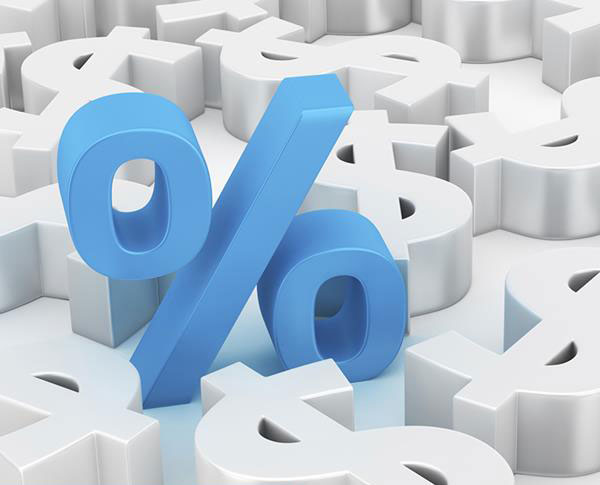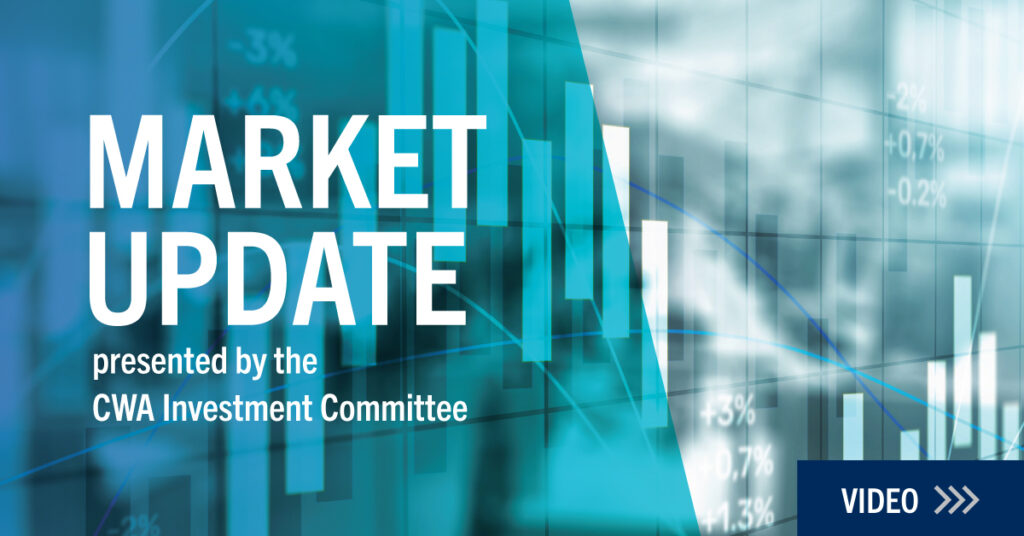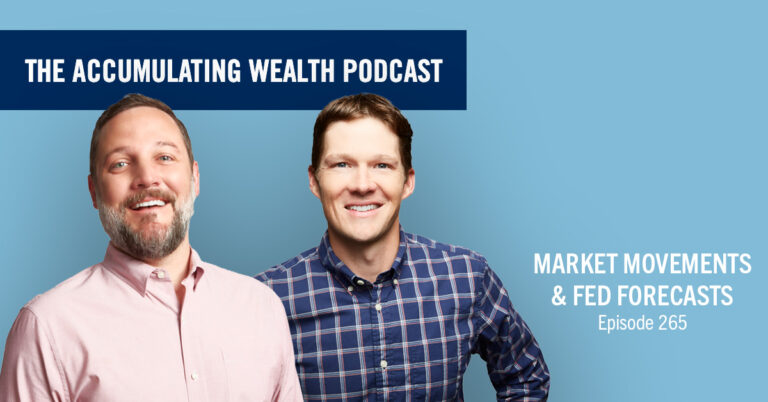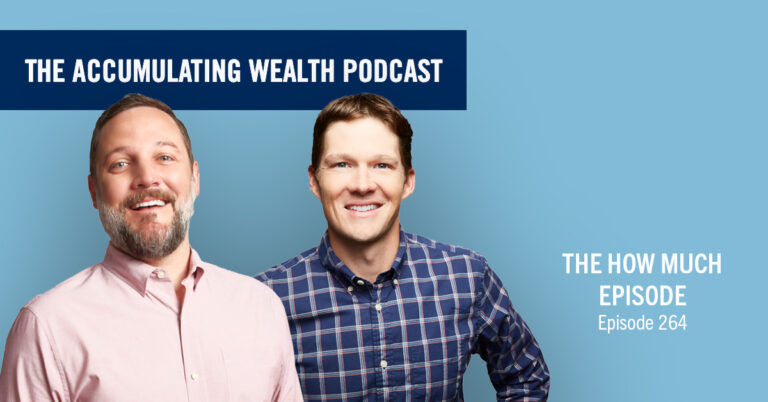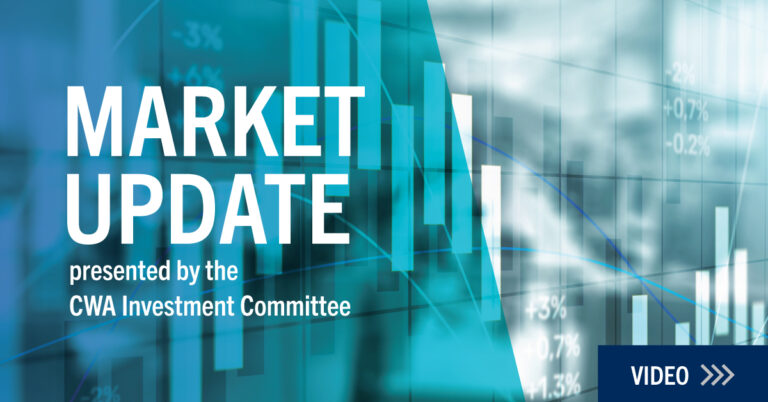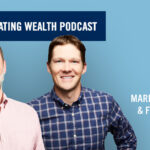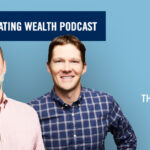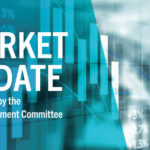March 31, 2015
 Tectonic (formerly FMR) investment strategist Brad Sanders recently attended a Pimco-hosted event featuring Ben Bernanke and Condoleezza Rice. Read his key takeaways about a probable hike in interest rates and what it means for you.
Tectonic (formerly FMR) investment strategist Brad Sanders recently attended a Pimco-hosted event featuring Ben Bernanke and Condoleezza Rice. Read his key takeaways about a probable hike in interest rates and what it means for you.
FOMC, the Federal Reserve branch that informs us about changes in interest rates, has made it pretty clear that we’ll likely see a rise in interest rates at some point this year. Ben Bernanke shared his thoughts on the matter at a recent conference. From them we derived five key considerations for investors in anticipation of imminent economic changes.
1. The Fed intends to be very slow and deliberate.
The Fed has made it clear that they will likely move rates off of zero as early as June, but the moves will be very slow and will likely be much slower than they have been in the past. They also won’t stick to a particular hiking schedule as previously done. We believe the Fed is likely to raise rates by 0.25% later this year and then wait and see what happens before they begin moving them higher.
2. The yield curve is likely to flatten, not shift.
After FOMC’s March statement, the 10-year treasury yield moved down significantly — below 2%. The market is anticipating a flattening of the yield curve, which means that only short-term rates move higher. This is good news for the mortgage market and other markets that rely on cheap long-term borrowing. It does signal, however, that this is a much different recovery because there are still headwinds to growth, yet inflation remains low. This is environment is much different than that of the past several instances when the Fed has moved rates higher.
3. This is a contra policy to the rest of the world.
Europe and Japan are trying to push their rates down to deal with their own economic issues, and this will be the first time since the financial crisis that the U.S. embarks on contra policy measure. This may be problematic for the rest of the world; don’t be surprised if the markets act very strangely for a period of time.
4. The U.S. Dollar is likely to get very strong.
With shorter-term rates moving higher here the U.S. dollar will be much more attractive and strong compared to a basket of other currencies. This could put continued pressure on commodity prices and emerging markets, plus there may be negative growth implications for the global economy, mostly stemming from emerging markets.
5. Position your portfolios for a variety of potential outcomes.
This will be a very new and very different tightening cycle than we have ever seen before which means there’s significant potential for volatility in the markets. Look at your investment portfolios. Are they able to withstand multiple scenarios? Or, are they set up only for what has worked in the past? Not sure? Remember, your CWA planning team is available to help.


